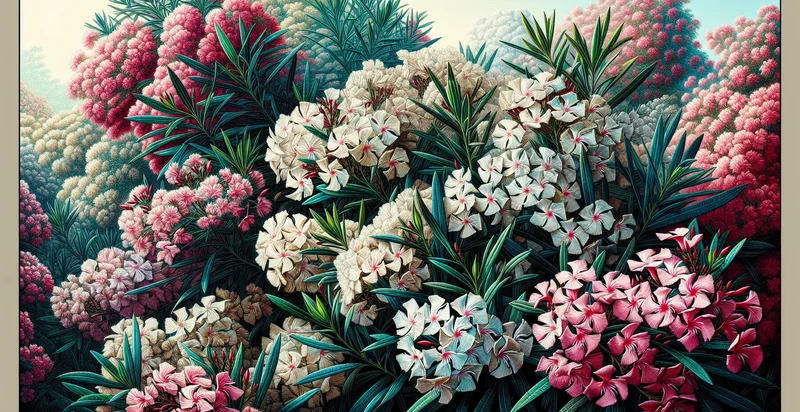Identify is this an oleander
using AI
Below is a free classifier to identify is this an oleander. Just upload your image, and our AI will predict if it's an oleander - in just seconds.

Contact us for API access
Or, use Nyckel to build highly-accurate custom classifiers in just minutes. No PhD required.
Get started
import nyckel
credentials = nyckel.Credentials("YOUR_CLIENT_ID", "YOUR_CLIENT_SECRET")
nyckel.invoke("is-this-an-oleander", "your_image_url", credentials)
fetch('https://www.nyckel.com/v1/functions/is-this-an-oleander/invoke', {
method: 'POST',
headers: {
'Authorization': 'Bearer ' + 'YOUR_BEARER_TOKEN',
'Content-Type': 'application/json',
},
body: JSON.stringify(
{"data": "your_image_url"}
)
})
.then(response => response.json())
.then(data => console.log(data));
curl -X POST \
-H "Content-Type: application/json" \
-H "Authorization: Bearer YOUR_BEARER_TOKEN" \
-d '{"data": "your_image_url"}' \
https://www.nyckel.com/v1/functions/is-this-an-oleander/invoke
How this classifier works
To start, upload your image. Our AI tool will then predict if it's an oleander.
This pretrained image model uses a Nyckel-created dataset and has 2 labels, including Is Not Oleander and Is Oleander.
We'll also show a confidence score (the higher the number, the more confident the AI model is around if it's an oleander).
Whether you're just curious or building is this an oleander detection into your application, we hope our classifier proves helpful.
Related Classifiers
Need to identify is this an oleander at scale?
Get API or Zapier access to this classifier for free. It's perfect for:
- Garden Planning Assistance: Home gardeners can use the oleander identifier to determine whether oleander plants are present in their garden space. This will help them make informed decisions about plant placement and selection, particularly in areas where oleander may not be suitable due to its toxicity.
- Landscape Maintenance: Landscaping companies can employ the oleander classifier to quickly identify and manage oleander plants on job sites. This ensures that maintenance practices, such as pruning or removal, are conducted with awareness of the potential hazards associated with oleander.
- Toxicity Education Programs: Schools and community organizations can leverage the oleander identifier in educational programs aimed at teaching individuals about toxic plants. By identifying oleander, participants can learn about its dangers and the importance of recognizing it in their environment.
- Environmental Monitoring: Environmental scientists can use the oleander classification function to monitor the presence and spread of oleander in natural habitats. This can aid in assessing its impact on local ecosystems and guide conservation efforts.
- Urban Development Planning: Urban planners can utilize the oleander identifier when designing public spaces, ensuring that oleander is either included thoughtfully or removed from areas frequented by the public. This mitigates risks associated with accidental exposure to its toxins.
- App for Pet Owners: A mobile application for pet owners can integrate the oleander classification tool to alert users about the presence of oleander in their vicinity. This feature can help pet owners prevent their animals from encountering toxic plants in parks or gardens.
- Restaurant and Café Landscaping: Restaurants and cafes can use the oleander identifier to ensure that their outdoor seating areas are free of oleander plants. Preventing accidental contact with the plant can enhance customer safety and contribute to a welcoming atmosphere.


